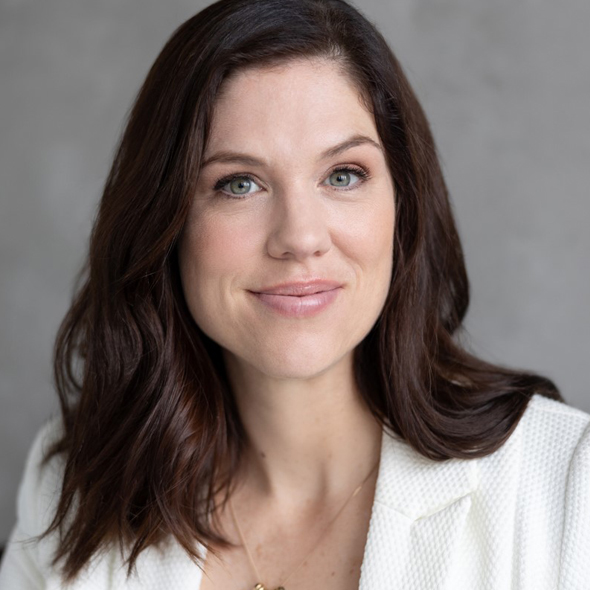Connie Carnabuci GAICD shares three of the most important board lessons she has learned.
Connie Carnabuci GAICD has almost 40 years of experience both as a senior professional adviser to, and an independent non-executive director of, boards of listed and privately owned companies in Australia and Asia. She is a non-executive director at BDO Australia, online global payments provider OFX, and the Sydney Children’s Hospitals Foundation (SCHF), as well as an advisory council member of the UNSW Business School. Among previous positions, she was formerly ABC general counsel and committee chair for the Law Council of Australia.
Carnabuci currently chairs Hospitals United for Sick Kids, a wholly owned subsidiary of SCHF, and is passionate about the for-purpose mission there. “We’re building a national movement — one where purpose is embedded into everyday transactions, offering the Australian consumer a purchase choice that gives back to support sick children. Consumers can feel good knowing their choices are making a difference.”
1. Building an inclusive culture requires more than good intentions
When I joined the board of BDO, it was evident inclusion was a strategic imperative across the firm, not an afterthought. It’s integral to people experience, client delivery, quality and risk management. I know from experience on other boards that an inclusive culture requires deliberate and sustained action — good intentions aren’t enough. You need clear targets, leadership accountability and a roadmap that aligns with your business strategy.
I’m not saying there’s a silver bullet, because there isn’t, but the entire board has worked together with our chief people officer and chief executive partner to ensure the implementation of initiatives to help foster an inclusive culture.
In 2022, BDO established a Culture Council. It exists to challenge and evolve the culture of the firm and is empowered to drive change by being a finger on the pulse to tell us where change is needed. This is especially important with four generations currently in the workforce. It creates an environment where it’s easy to discuss these things. At every board meeting, we receive a report from the council. We then discuss a raft of questions. What are the issues facing the organisation? What progress are we making? Where could we improve?
It’s been an incredibly effective vehicle for driving discussions around inclusive culture and creating one, rather than simply providing lip service.
2. Don’t be afraid of stakeholder consultation and pivot when needed
Our charity supports all children, all diseases and all injuries across Australia. It represents eight state-based children’s hospitals, foundations and paediatric services. These are our alliance partners.
We partner with corporates who engage in cause-related marketing with us. The business model allows Australians to give back through their everyday purchases of goods and services. A percentage of sales or marketing spend is redirected to our cause by our corporate partners. The goal is to disrupt the philanthropy landscape and successfully generate predictable, scalable long-term funding.
The organisation was established in 2019 and we knew we had a great concept, but our traction in market was suboptimal. Consultation with stakeholders told us our brand was confusing and lacked emotional connection. As a board, we agreed we had to pivot, resolve the brand clarity issue and create a more flexible go-to-market. One-size-fits-all would not work.
Our rebrand to Hospitals United for Sick Kids (HUSK) was grounded in consumer insight, alongside the launch of a more flexible partnership model. To deepen engagement, we adopted an animated brand mascot called Blip. We’ve since grown brand awareness, received marketing recognition from the 2024 Effie Awards as Global Best of the Best, and recruited six new national partners.
3. Be united in a comms crisis
Regardless of whether you’re on a listed, government, NFP or private board, issues will arise and it is critical there is an agreed media communications playbook. It is an essential risk mitigation tool.
Throughout my career, as adviser and director, I’ve witnessed first-hand how critical it is for strong synchronisation between legal and comms teams to ensure the board is well-briefed on the issues of the day. It is imperative the company’s crisis response committee appoints an authorised company spokesperson, usually the CEO or chair. Directors and senior management must resist the inevitable pressure to make a comment when questioned, whether in informal situations in social or professional circles, or formally, such as by a journalist.
Developing a response plan as part of the audit and risk committee work plan can pay dividends when a crisis hits. Your people, shareholders, customers, clients and regulators all expect reliable, transparent and timely information. Determine which stakeholders must be informed and in what order. This is especially relevant to regulators, where a failure to notify within a specified time may result in penalties.
A crisis response plan should contain key steps such as investigating the facts, preferably under the cloak of legal professional privilege, and briefing media professionals, who can assist you in crafting internal and external communications.
This article first appeared under the headline 'There’s no silver bullet’ in the August 2025 issue of Company Director magazine.
Practice resources — supporting good governance
Examples of the AICD’s contemporary governance practice resources for members:
AI Governance
- AICD submission on proposed mandatory guardrails for AI in high-risk settings
- Directors’ Guide to AI Governance
Practice resources — supporting good governance
Examples of the AICD’s contemporary governance practice resources for members:
AI Governance
- AICD submission on proposed mandatory guardrails for AI in high-risk settings
- Directors’ Guide to AI Governance
Latest news
Already a member?
Login to view this content



.jpg)